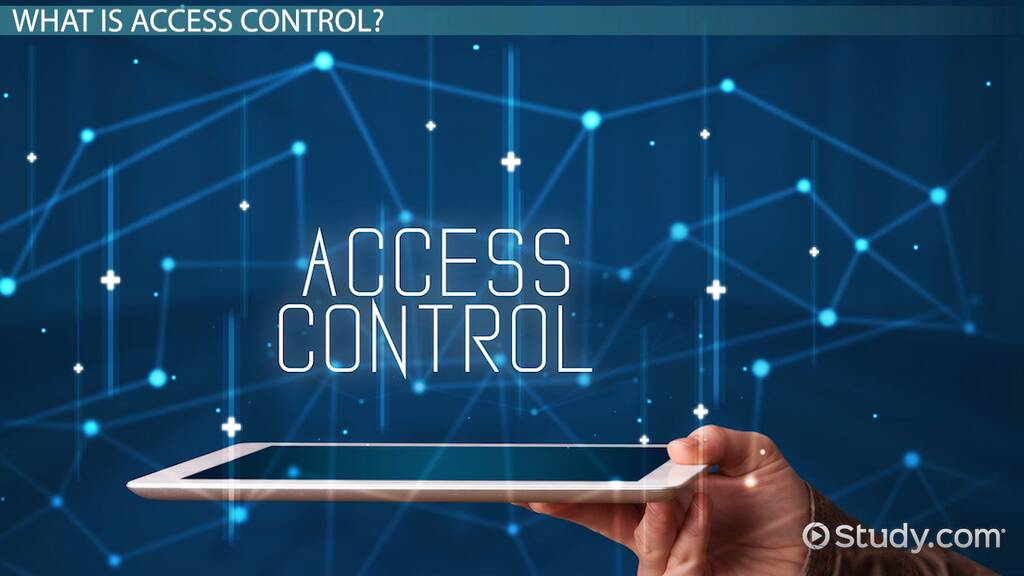Why Access Control is Critical?
Where CIS Control 5 deals specifically with account management, CIS Control 6 focuses on managing what access these accounts have, ensuring users only have access to the data or enterprise assets appropriate for their role, and ensuring that there is strong authentication for critical or sensitive enterprise data or functions. Accounts should only have the minimal authorization needed for the role. Developing consistent access rights for each role and assigning roles to users is a best practice. Developing a program for complete provision and de-provisioning access is also important. Centralizing this function is ideal.
